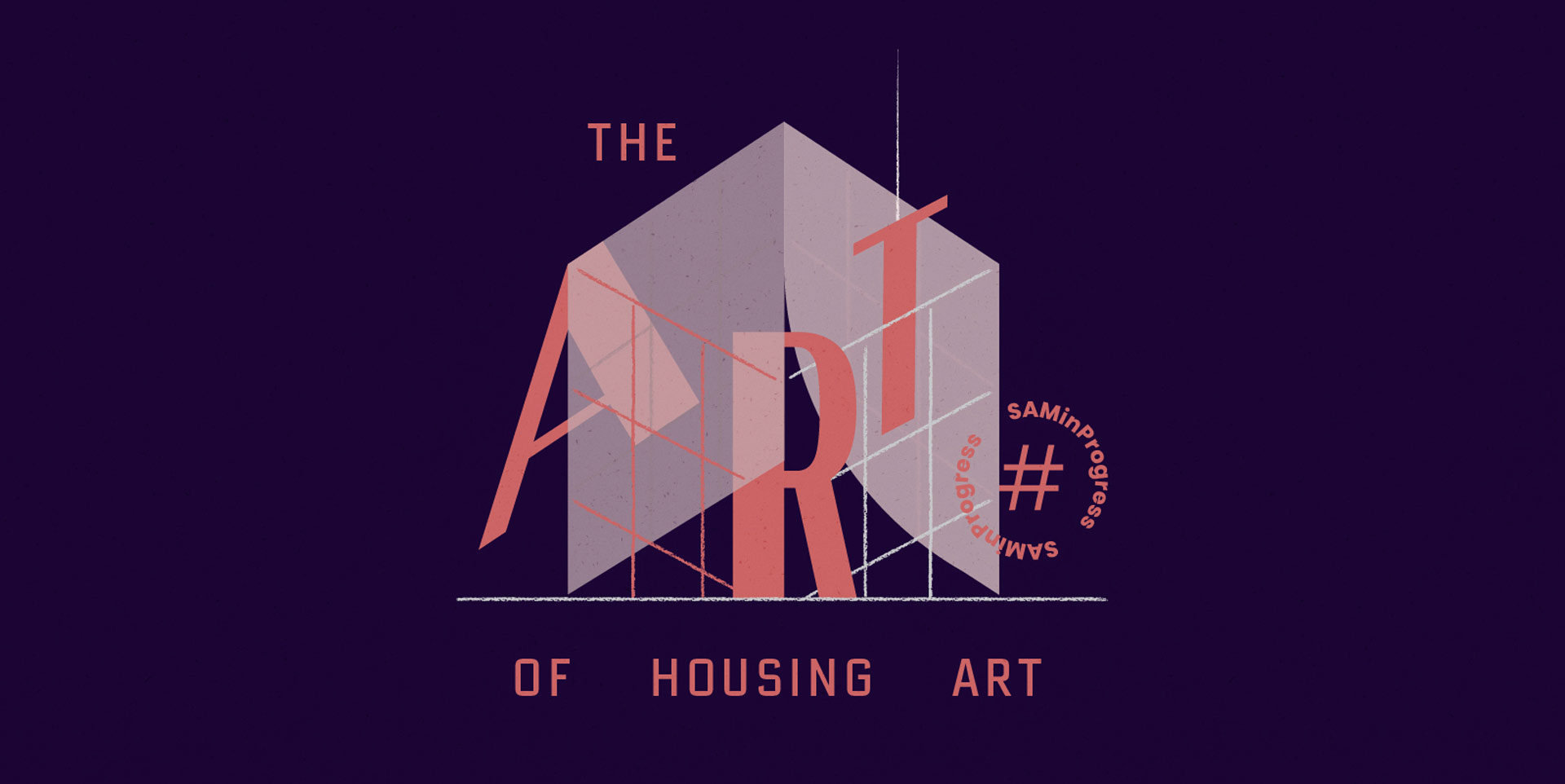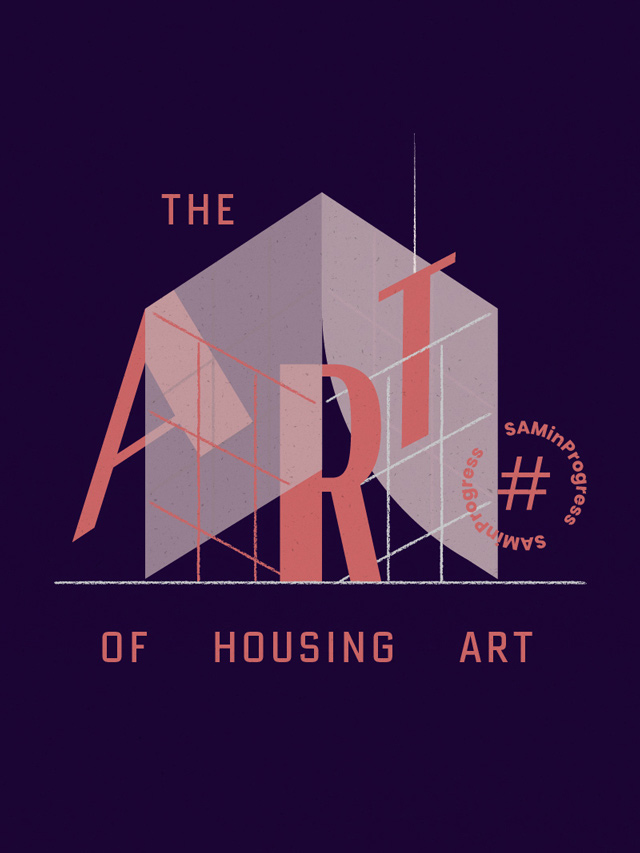The Art of Housing Art
Freeze-dried cow dung. An assembly of scrap industrial parts and cement. Charred shoes from a fire.
Contemporary art comes in all shapes, sizes and materials. Or as Marilyn Giam sums it up: “We receive really weird things.”
Marilyn is a collections manager at the Heritage Conservation Centre, where SAM’s permanent collection of contemporary artworks resides. In order to ensure art is safely stored away until their next exhibition, the team of collection managers are constantly challenged to design ways of housing them in spite of their unusual compositions. Here are two “houses” for art designed by Marilyn and her colleague Joanne Lim.
Cradles for fragile flowers
Here’s who I am, I am what you see (2015)
By Ezza, Rahman
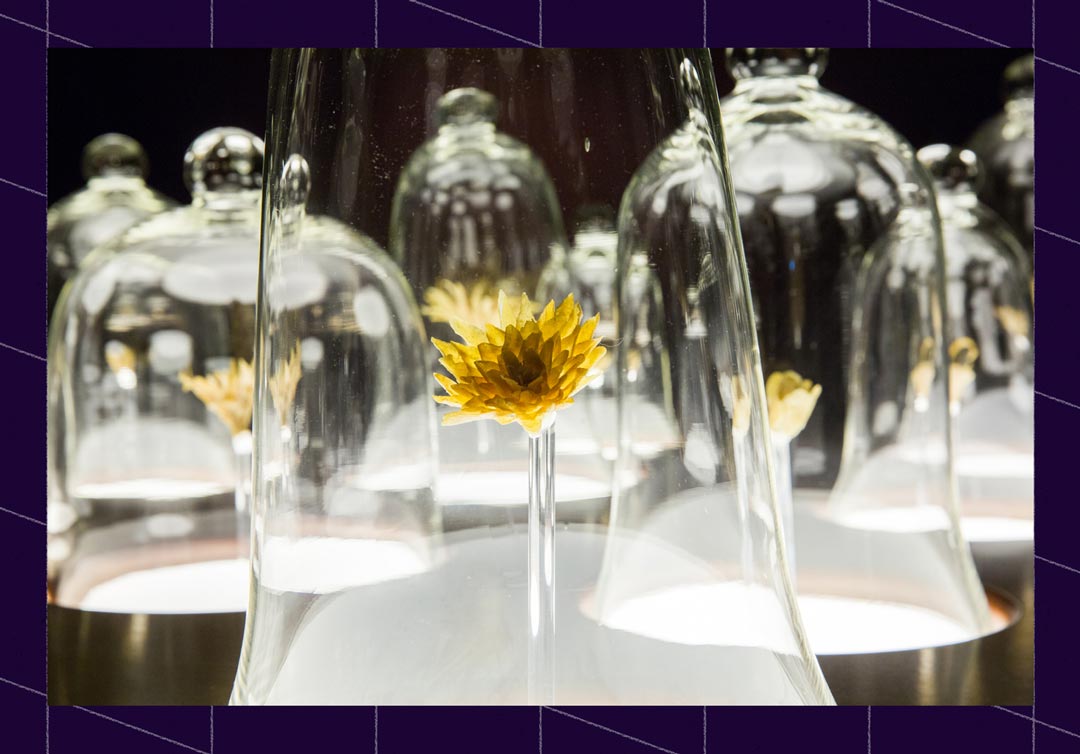
Pretty as they may look, these 34 flower sculptures are actually made from the artist’s dead skins and finger nails. The organic materials held together by glue are extremely brittle and fragile.
“The flower can’t stand on its own, and if I were to lean it on its side it was going to add pressure and the petals would wither and fall off,” says Marilyn.
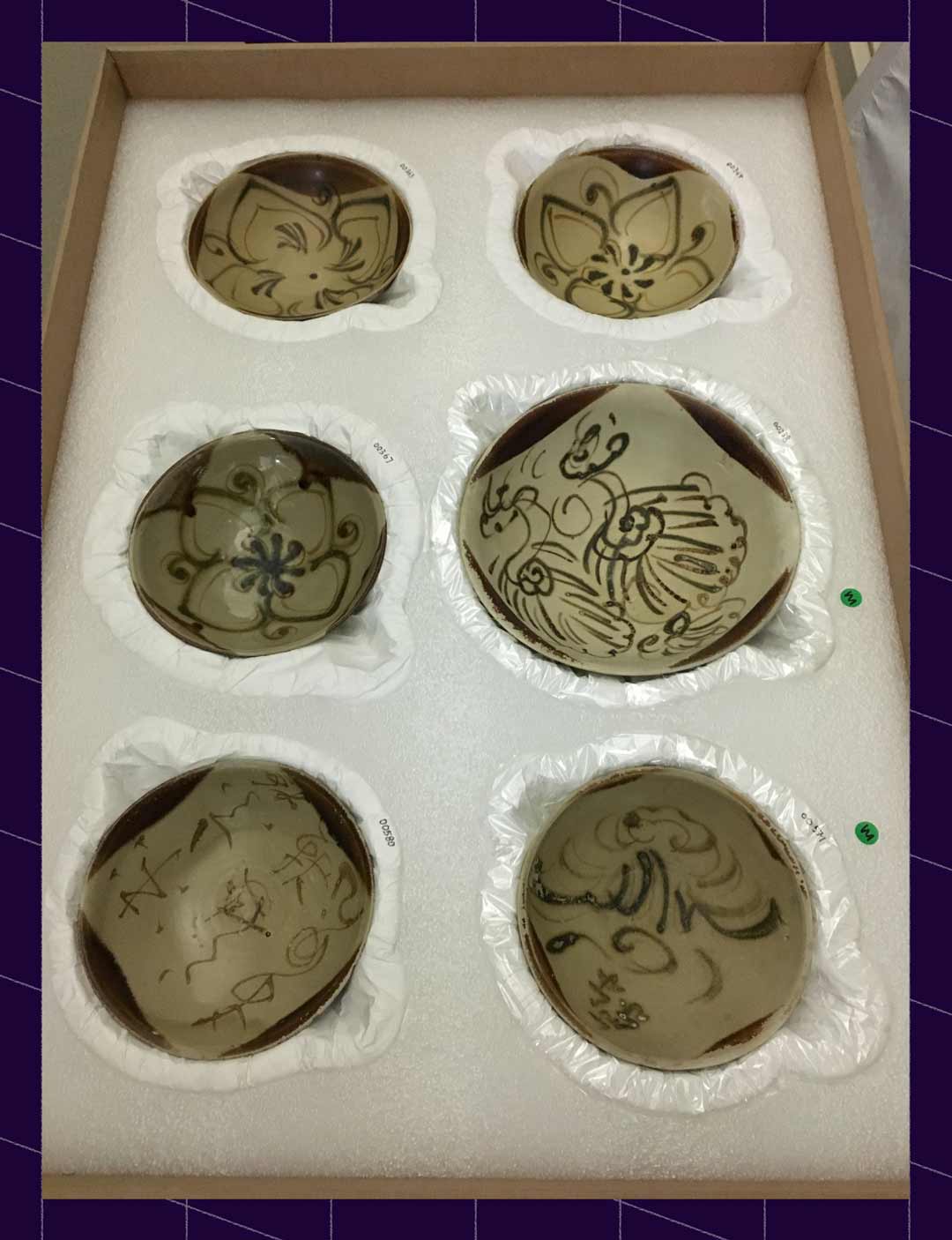
Ceramic bowls packed in a box of foam with individual beds carved to their shape.
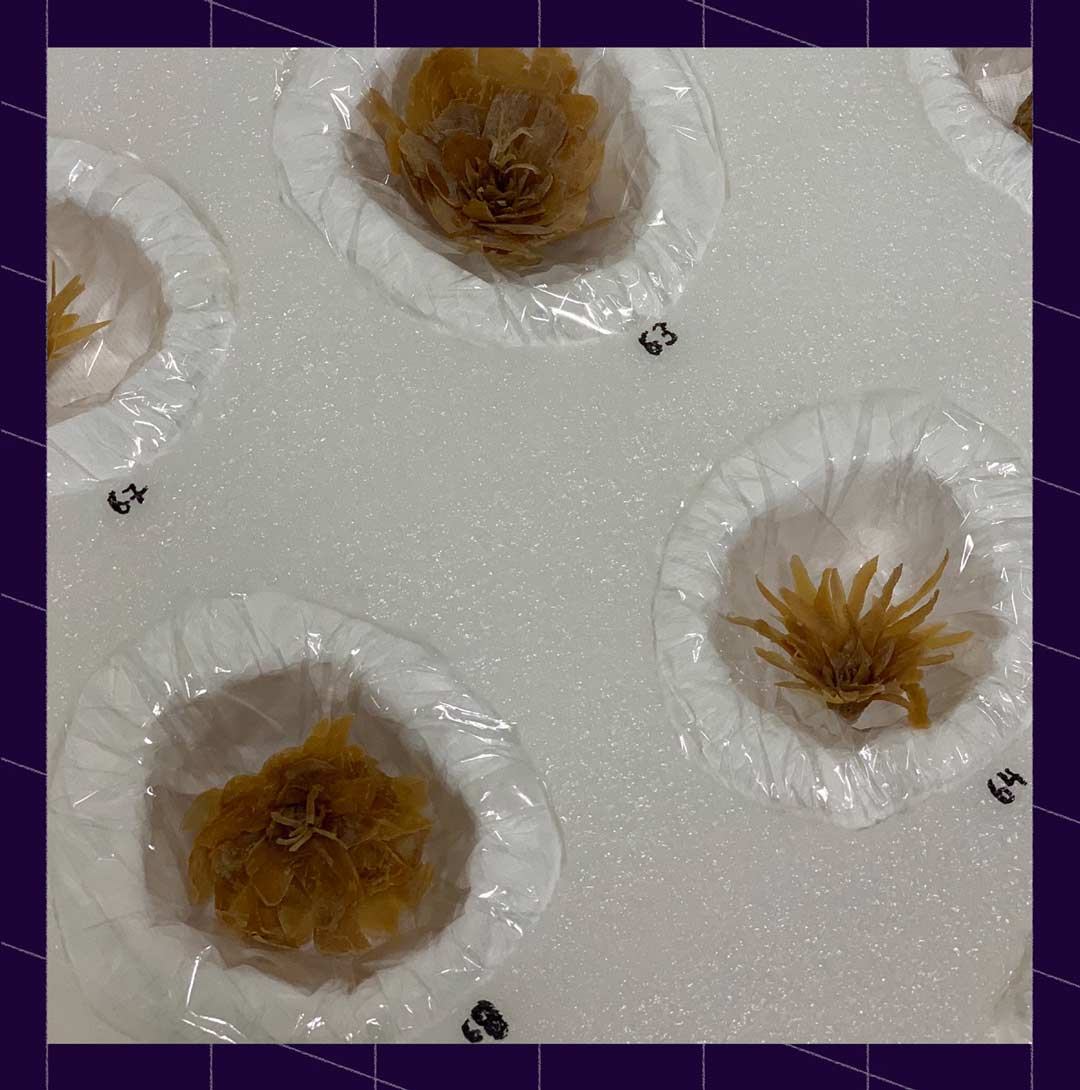 Ezzam’s sculptures packed in a similar manner.
Ezzam’s sculptures packed in a similar manner.
She found inspiration from how her colleagues packed ceramic bowls in a box of foam individually carved to their shapes. Such a packaging design held the flowers snugly in place and minimises vibration to artwork when it is being transported. The all-round support also protects the flowers from distortion because of gravity. Finally, a layer of mylar paper is wrapped on each resting bed to ensure the glue on the sculpture would not stick on the packaging.
 The box where Ezzam’s sculptures call home while awaiting their next exhibition.
The box where Ezzam’s sculptures call home while awaiting their next exhibition.
A strong enough cage for a lion
Utama's Cat (2015)
By David Chan
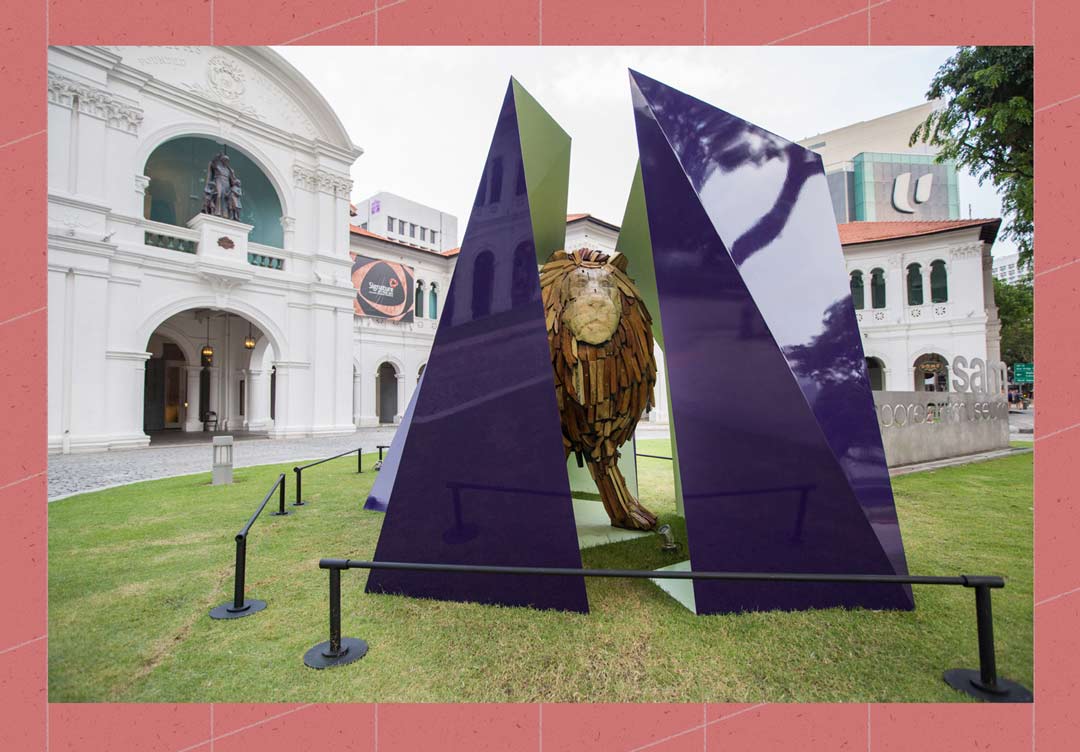
In contrast to the delicate flowers, this majestic lion posed a different kind of problem. The metal-frame sculpture was heavy – like 200 kilograms heavy. And that is excluding its 75-kilogram origami-like metal encasements.
The storage solution had to make transporting the artwork convenient while protecting its fragile exterior made up of recycled and second-hand wooden panels.
“You definitely can’t store it in a normal box, you need a built crate. And even then, there are different specifications to ensure its non-reactivity, such as a certain wood ply that must be lacquered and heat treated,” says Joanne.
Another goal was minimising direct contact with the artwork during transportation, she adds.
“When you handle the work, you don’t have to go through a lot of items to get to it, and you don’t have to touch it directly.”
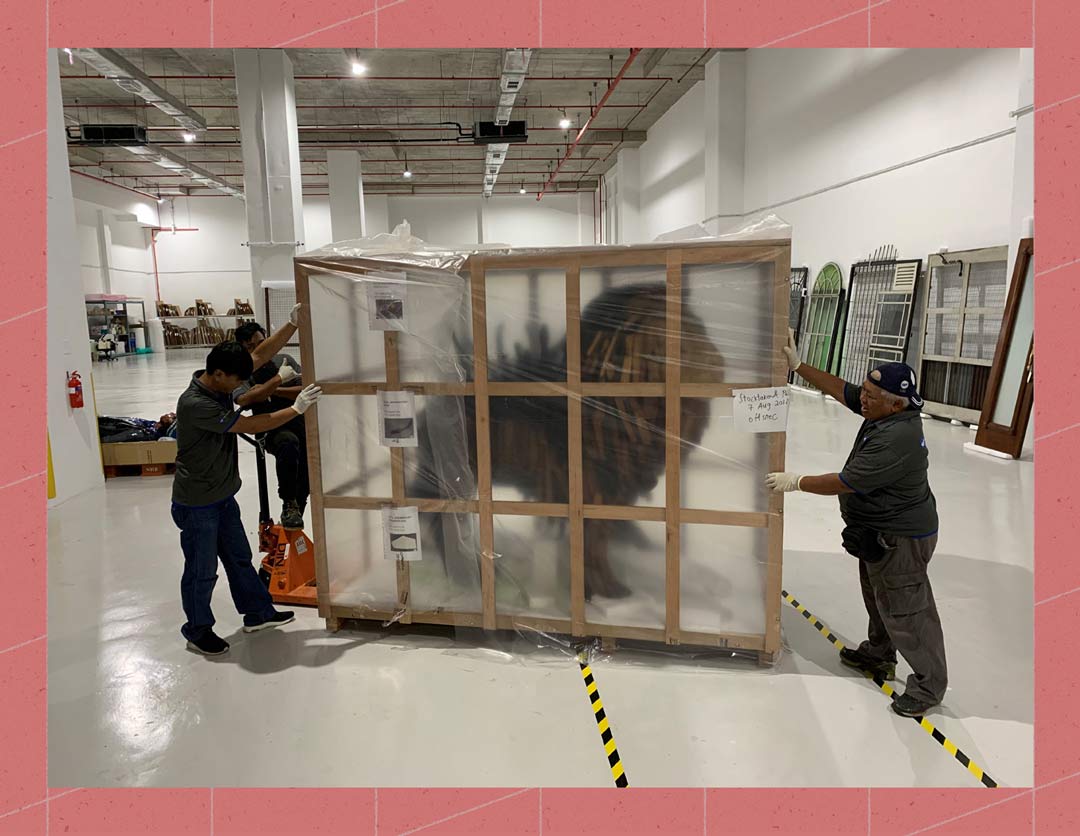 The skeleton crate for Utama’s Cat allows for easy inspection and convenient transportation.
The skeleton crate for Utama’s Cat allows for easy inspection and convenient transportation.
Her solution: skeleton crates commonly used in storing and shipping furniture.
Such wooden frames wrapped with a sheet of plastic allowed handlers to keep an eye on the artwork during transportation. It also proved convenient during HCC’s annual stock take as there was no need to pry open a crate for inspection.
A roaring success!
To find out when our artworks step out of their houses for exhibition, stay tuned on our website and sign up for our newsletter here, to be notified of our upcoming exhibitions.

